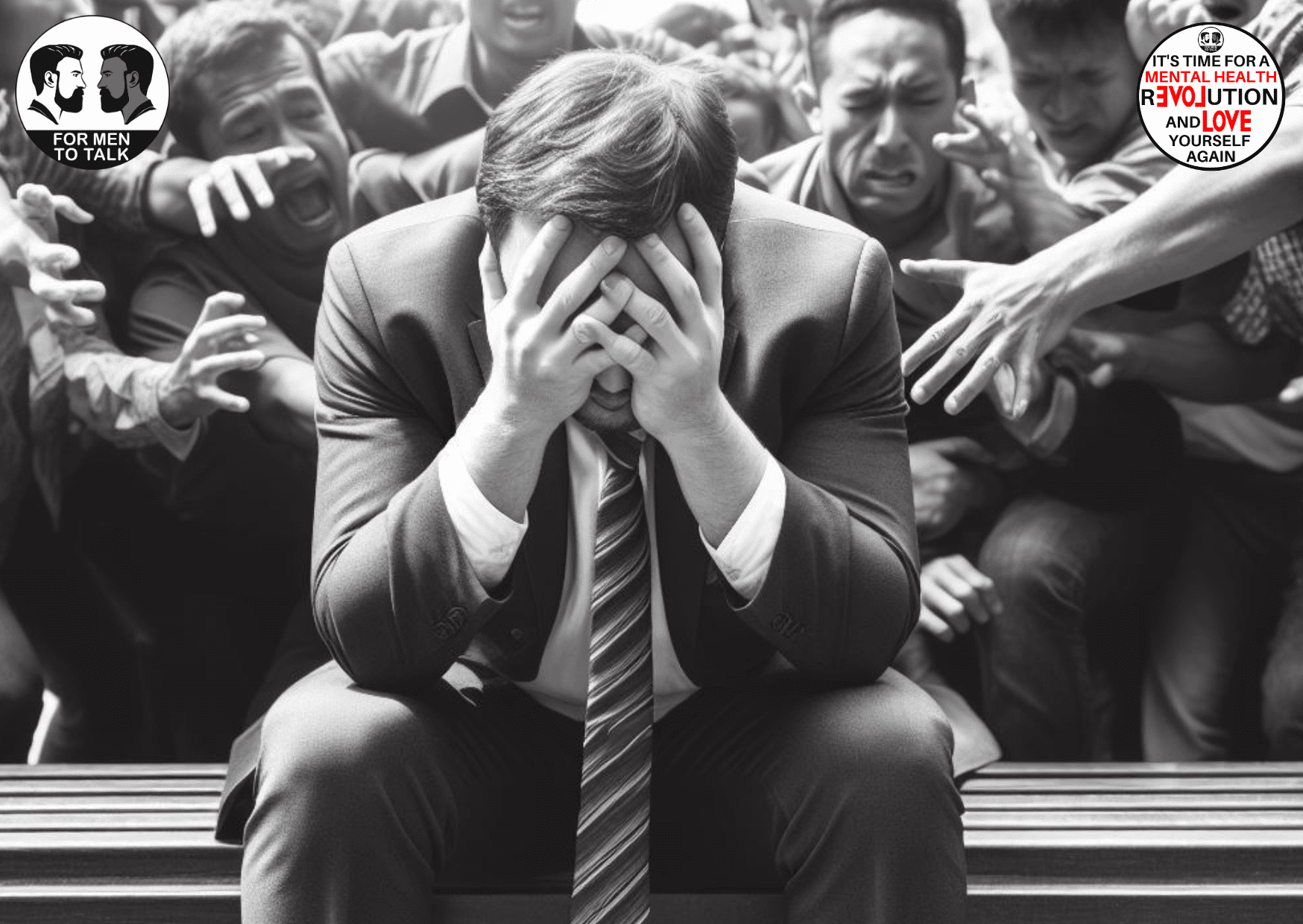Robbie Williams’ panic attacks. What are they?

In his latest Netflix documentary series, Robbie Williams, one of the UK biggest selling solo artists, revealed that when he performed in Leeds back in 2006 he suffered a panic attack before going onto stage, which continued throughout his performance.
But what is a panic attack?
A panic attack is a sudden onset of intense fear or discomfort that reaches a peak within minutes. It is a type of anxiety disorder characterised by a rapid and overwhelming surge of physical and psychological symptoms. Common symptoms of a panic attack include:
- Heart palpitations or accelerated heart rate
- Sweating
- Trembling or shaking
- Shortness of breath or a feeling of choking
- Chest pain or discomfort
- Nausea or abdominal distress
- Feeling dizzy, lightheaded, or faint
- Chills or heat sensations
- Numbness or tingling sensations
Panic attacks can be triggered by various factors, including stress, a traumatic event, or a specific phobia. It’s important to note that experiencing a panic attack doesn’t necessarily mean a person has a panic disorder. Panic disorder involves recurrent, unexpected panic attacks and is a diagnosable mental health condition.
Regarding the impact on men’s mental health, panic attacks can have a significant effect. Men, like anyone else, may experience feelings of embarrassment, shame, or fear associated with these episodes. It’s important to recognise that mental health challenges, including panic attacks, can affect individuals regardless of gender.
Men, however, may face unique societal expectations and stigmas related to expressing emotions or seeking help for mental health issues. This can lead to underreporting or under diagnosis of mental health conditions in men. Some men might be less likely to acknowledge or seek help for anxiety-related issues due to concerns about appearing vulnerable or weak, which can contribute to a delay in seeking necessary support.
Addressing mental health concerns, including panic attacks, involves creating an environment where men feel comfortable seeking help, promoting mental health awareness, and challenging stereotypes around masculinity that may discourage men from expressing their emotions or seeking assistance. Professional help, such as therapy or counselling, can be beneficial in managing panic attacks and addressing underlying anxiety issues. Encouraging open communication and reducing the stigma surrounding mental health is essential for the well-being of individuals, regardless of gender.